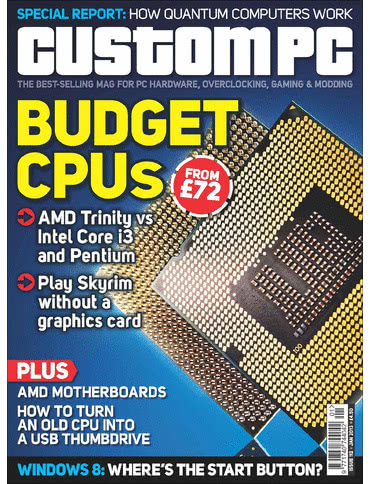
If you’re not familiar with the technology, and if that’s the case shame on you for not following my work on bit-tech, TressFX – or to give it its full name, TressFX Hair – is a GPU-accelerated physics engine designed to simulate the interaction between a character’s hair and the surrounding environment. Wind, rain, branches, even the character’s body all interact with thousands of simulated hair strands to create a surprisingly realistic effect.
It’s something the industry has been working towards for years – hardly a SIGGRAPH event goes by without Nvidia showcasing another hair simulation system – but the computational complexity of the task has made it difficult to implement in a working game engine. That’s something AMD has solved, and it waited until it had the system in a shipping game – the new Tomb Raider reboot – before announcing the technology.
The biggest feature of the issue, however, is a special one: an in-depth look at how the development of mobile hardware differs from that of desktop hardware. With input from industry veterans including Nvidia, AMD, Intel and Imagination Technologies, it’s a – hopefully – interesting look at how developing for portable platforms has resulted in some significantly different technologies emerging.
Nvidia is a perfect example: it talks up its Tegra mobile processor as having GeForce-like graphics processing elements, but in truth there’s a distinct difference in how the two technologies work. Interestingly, it’s also the case that development of mobile processing hardware – which has to work in very tight power envelopes – has dramatically changed how the company approaches its power-hungry desktop graphics hardware, too.
It’s a big feature, and one I’m proud to have worked on: hopefully, by the end, readers will be able to better understand how smartphone and tablet hardware – which, thanks to projects like the Kickstarter-funded Ouya console, are increasingly finding their way onto people’s desks – compares to traditional desktop devices.
If you want to learn more about TressFX Hair and its development, or about the development of mobile-centric hardware and the challenges therein, you could do worse than picking up a copy of Custom PC Issue 117 – available in dead-tree format and digitally via Zinio or most other services.
This also marks the last time my column in Custom PC will take the form of a two-page interview spread: big changes are afoot, and I’m proud to say that the column will be taking on a very different – and hopefully more engaging – format from the next issue onwards.

 This month, my regular Mobile Tech Watch column takes a look at a name from the dim and distant past that is looking to take on ARM and Intel at their own game: MIPS Technologies.
This month, my regular Mobile Tech Watch column takes a look at a name from the dim and distant past that is looking to take on ARM and Intel at their own game: MIPS Technologies.